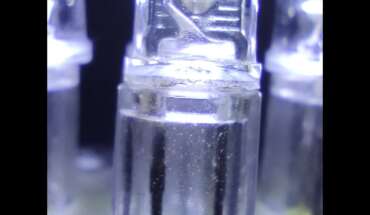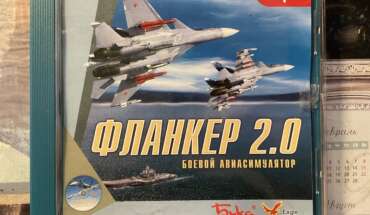At the 2013 I still ran the Boosty project, which was my Jazz music oriented project. The person by the name Simon Bissonnete contacted me and advised to use his DOTName hosting services. I was about to bankrupt at the moment and he advised me a special offer annual plan, but asked to transfer my domain BOOSTY.NET to his hosting…


